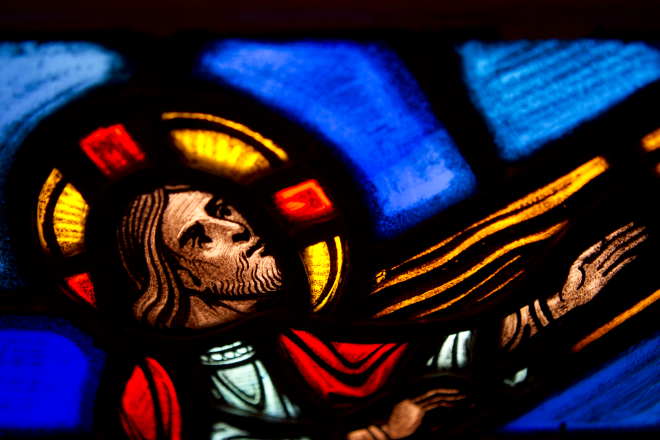The Holy Spirit

The Spirit is powerful, dangerous, and unpredictable in the Scriptures. People get swept up on missions they didn’t predict. People speak as they didn’t know they could, or come to see things they could never have on their own. People find the courage to stand up in the face of certain death. It ‘blows where it will,’ says Jesus.
And when it comes to doctrine, the Spirit has been described as the ‘shy’ member of the Trinity (Bruner), always pointing away from itself on toward Christ. We are not to focus on it, but on that it points toward. But in so doing it shows itself consistent with the loving, outward-turned nature of God Himself.
The best we can do is simply to list some of the true things that we can say about the Spirit. It cannot be defined in some manner other than the Trinitarian definition itself, given its self-effacing and yet encompassing reality.
- Anyone who says ‘Jesus is Lord’ does so by the Spirit. (I Corinthians 12:3). Hence it is poured out in this age on all who believe in Him.
- The power of God suffusing His creation is the Spirit.
- The Spirit raises us up into the Kingdom of God even now. (Joel 2:28ff.)
- There are special gifts of the Spirit like tongues or prophecy, but the virtues are its most important gifts.
- The best sign of its presence is charity. (I Corinthians 13).
- It is also the force that is a ‘go-between’ bringing the reconciliation that is a sign of God’s own nature. So says the mission theologian, J.V.Taylor.
- As such it may also be described as that ‘freshness…deep down things,’ in a world, and in souls, otherwise worn out.
But the Spirit is only all of this because it is already and eternally so in the Godhead. So, it appears prominently at the very beginning and the very end of the Bible.
Read the poem by Gerard Manley Hopkins, ‘God’s Grandeur.’



